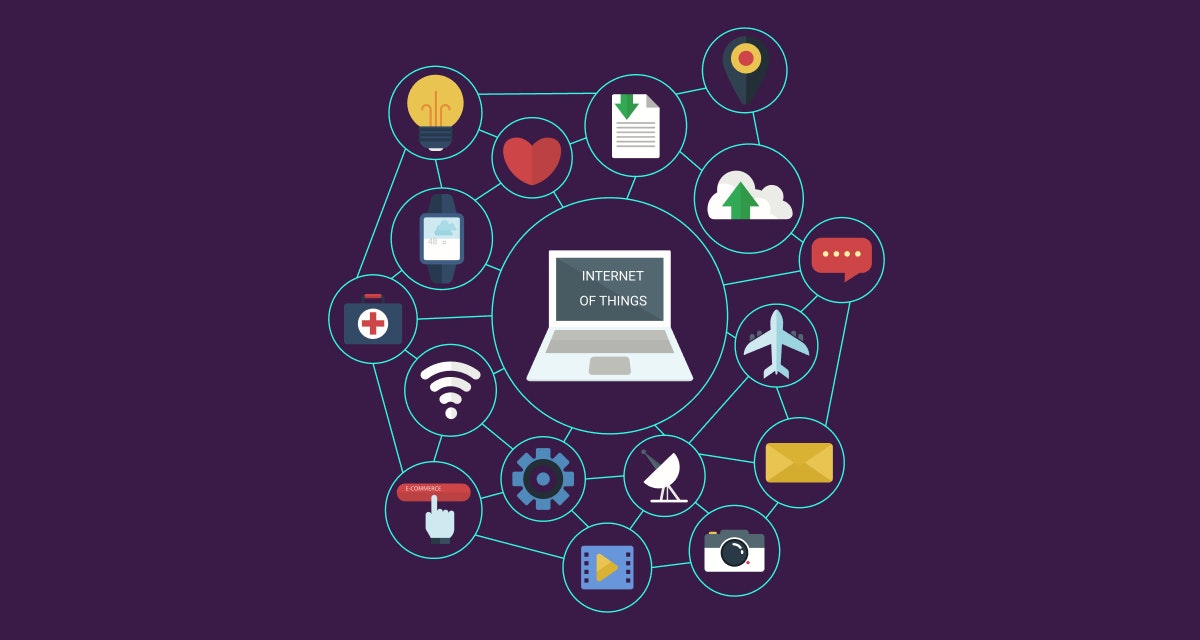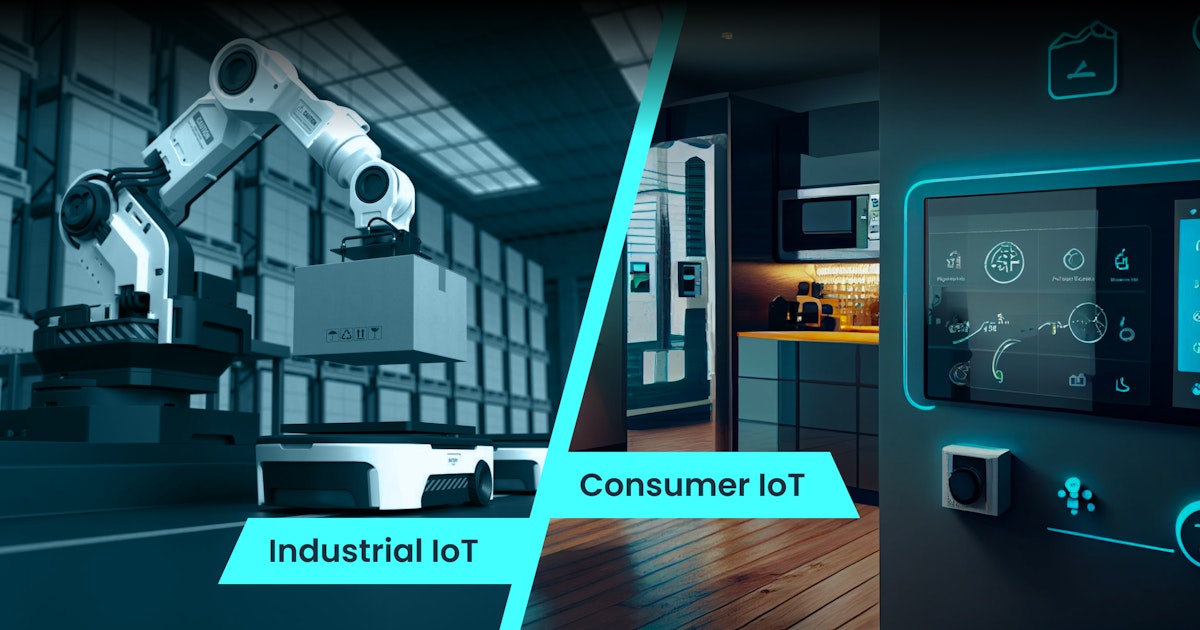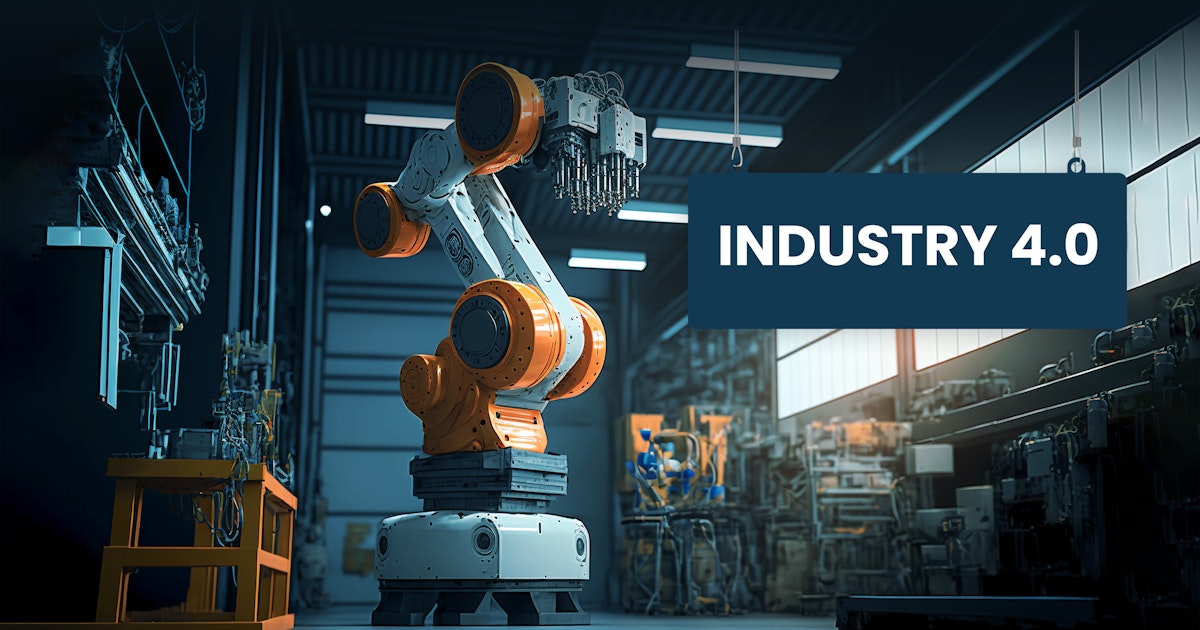There is no doubt the Internet of Things [IoT] has smartened and better connected the world of commerce. Companies across the globe are quick to recognize the transformational role IoT plays in manufacturing, service, and retailing industries.
Interestingly, 58% to 77% of companies want to put IoT in locating containers, objects, and personnel. That is huge given IoT entered the scene less than a decade ago!
There has clearly never been a better time to integrate IoT capabilities into the supply chain to ensure an agile and data-driven approach to logistical operations.
The role of IoT in today's SCM processes
Gartner predicts more than half of major new business systems will incorporate some form of IoT by the end of 2020. There will be a thirty-fold increase in internet-connected physical devices in SCM, which will help businesses deliver efficient customer services. Obviously, the importance of efficient supply chain management [SCM] has grown manifold.
Imagine using sensors to locate the whereabouts of products or staff in large depots or on the road to estimate arrival time. IoT enables you to capture data to gain real-time availability of stocks and eliminates manual counting. That is the need of the hour in SCM!
Famous brands using IoT in Supply Chain Management
Many large-scale companies currently benefit from integrating IoT with supply chain processes. Here are a few of them:
1. Amazon
The eCommerce giant acquired connected robots for warehouse management in 2012 to start scanning QR codes on the parcels. This freed up the workforce's time to focus on other tasks such as packaging and warehouse management and not on admin jobs.
2. Nissan
The car manufacturer has deployed IoT automation for connecting its various industrial plants. Their main factory in Sunderland, UK, also boasts intelligent warehouse management systems, where IoT technologies work together to increase the warehouse's productivity and efficiency, thus minimizing human error.
3. Volvo
Volvo uses a connected cloud-based system to track car parts' shipment from across the globe and vehicle delivery to Volvo's international suppliers.
4. New Maersk Line
In 2016, the Danish shipping company launched its Remote Container Management [RCM] to monitor the humidity and temperature of the goods stocked in containers. The IoT technology helps Maersk reduce food spoilage and resource waste, monitor sea conditions, and plan according to weather conditions.
Transform Your Supply Chain Management with IoT!
Explore ServicesSix benefits of IoT in Supply Chain Management
You will agree on how IoT in Supply Chain Management is pushing barriers to revolutionize the efficiency, performance, and output of businesses' logistics operations. In this section, we will discuss six unmissable benefits of IoT in Supply Chain Management:
1 Real-time monitoring of IoT-powered assets
No supply chain cannot thrive without transparency and accountability, and real-time tracking offers both. IoT in supply chain management enables GPS to track everything - from a shipment's location to its current temperature.
Every move of the shipment is mapped and verified through IoT devices. This allows logistics professionals to make targeted improvements in supply chain processes whenever required.
Real-time tracking is also helpful when it comes to managing temperature-sensitive goods and high-value items. For instance, IoT devices can immediately flag shipments if they are in an unsafe temperature zone.
This is especially critical for shipments carrying food and beverages or medicines that can quickly get spoiled if not kept in a favorable environment.
IoT technologies definitely make all stakeholders more accountable for their responsibilities.
2. Automation for smoother logistical operations
This facet of Internet of Things development will continue gaining prominence well into the 2020s as the demand for accurate and real-time data to power warehouse systems grows. Let us understand this better with an example:
Before a consumer places an online order with a business with automated warehouse operations, the latter's warehouse smart shelving system checks the product's stock status through the weight plate to avoid back-ordering.
The automated picking system notes the ordered product from the computer, and a mechanical system moves the product onto a conveyor belt to a packaging station. An IoT sensor tracks the shipment and ensures it is handled with care during transportation.
While not every business may opt for such automation, and adequately deployed IoT system can help you smoothen the logistical processes and ensure timely and accurate deliveries.
3. Accurate data collection for demand forecasting
IoT in supply chain management is known for improving data collection practices in several ways, such as the following:
- It reduces human error in data collection.
- It allows data to be collected in real-time or at specified intervals, which saves labor costs.
- It enables the collation of data, which, at times, otherwise could be impossible to collate.
With increased data accuracy, it becomes easy for businesses to improve demand forecasting as the logistics professionals have the necessary data to foresee the demand and supply of products. Moreover, they can extend product life, improve production/shipment quality, and lower maintenance costs. This comes in extremely handy in the eCommerce sector.
However, for IoT in supply chain management to fetch results, the technology has to be accompanied by compatible software and backend solutions. Therefore, logistics professionals must design IoT solutions in sync with logistics and demand forecasting so that the analysis is focused on the right factors.
4. Initiating inventory control with IoT sensors
Inventory control is an essential aspect of supply chain management. Many IoT technologies such as RFID scanners and smart shelves are already in use in SCM. RFID has particularly become famous for tracking high-value inventory and increasing efficiency.
With advanced IoT sensors, it is easy for businesses to track and analyze stock levels and inventory positions and create an up-to-date inventory tracking system. This eliminates the need for manual labor, where employees have to care for the inventory traditionally.
However, with IoT asset tracking capabilities such as RFID or Bluetooth, it is easy to monitor the inventory's movement minute-by-minute and further enhance the warehouse's operational efficiency.
No wonder many businesses are now partnering up with an IoT development company to build apps with built-in RFID tracks for retailers and warehousing enterprises.
5. Smart logistics solutions for managing paperwork
Paperwork management is essential to ensure a smooth supply chain operation. However, often, the onus of completing and managing paperwork falls on workers such as truckers. Tasks like processing a lading bill or freight broker bond can lead to cumbersome paperwork.
Deploy IoT with Electronic Data Interchange [EDI] to standardize data formats for streamlining the data exchange with trading partners that keep the commerce moving. Another great use of IoT in supply chain management is going paperless because that is the future.
Businesses can identify documents that can be readily digitized, such as shipping manifests, warehouse documents, customer-centric invoices, and receipts. That way, the hassle of managing paperwork gets eliminated, and even the lower-level staff can focus on something other than non-processing tasks.
Dachser, a German freight company, introduced an IoT-powered digital monitoring system that enables them to request, display, and execute all of their client documents digitally.
6. Predictive maintenance and reduced downtime for fleets
Companies owning fleets spend much time, money, and human resources to manage those fleets and ensure they always meet the safety standards and function at optimal performance levels. Driving such large vehicles over the speed limit can have repercussions on the environment and cause excessive wear and tear.
With IoT technology, these companies can track driver behaviours and get real-time updates if they showcase any objectionable actions. Moreover, such sensor-equipped vehicles can send warning alerts for low battery, coolant temperature, maintenance requests, and so on.
When fleets are appropriately managed, without unnecessary idling, breaking habits, accelerating, and decelerating patterns, the average speed stabilizes, which boosts fuel efficiency. This certainly lowers the costs of fuel for companies owning fleets.
Challenges of IoT in supply chain management
Despite the blazing popularity of IoT in supply chain management, many businesses still use outdated systems to track and manage assets. Deploying IoT solutions is always a challenge for them. Adding to that, here are the top five:
1. Skill gap in IoT knowledge
Managing connecting systems requires extensive training of warehouse workers and vehicle or truck drivers. Explaining security practices and guidelines to them can be a time-consuming process for companies.
2. Increased security threats
If a business is transitioning its logistical processes to connected platforms, it must be done in a specific manner. Data processing and storage issues can result in cyberattacks and data leaks - both of which can increase the cost of failure.
3. Data shortage issues
The Internet of Things services depend on collecting massive amounts of data. However, with that comes the responsibility of ensuring enough server power to store and process all the collected data. This calls for hiring data scientists and analysts to make sense of the data and arrive at IoT-based insights.
4. Poor connectivity
IoT in supply chain management cannot function without a stable internet connection. Imagine if a fleet driver moves from one location to another, which does not have a reliable network; how can the sensors detect if something has gone wrong in the fleet? IoT in supply chain management requires a high-level server farm to operate smoothly.
A Complete Guide on IIOT and IoT
Read NowWrapping it up
Nevertheless, the Internet of Things platforms have grown exponentially in the past decade, and the supply chain industry is no exception. Although no one knows what the IoT's future holds, one thing is clear.
Today's logistics companies want faster shipping and emphasize the need for transparent inventory management, safe stock storage, transparency in the supply chain 24/7, and more.
If you want to partner with an IoT development company that can develop a cross-platform, IoT-powered app for your supply chain business, give us a ring at +1 650.451.1499 or write to us at getstarted@intuz.com to discuss your IoT requirements with us.







